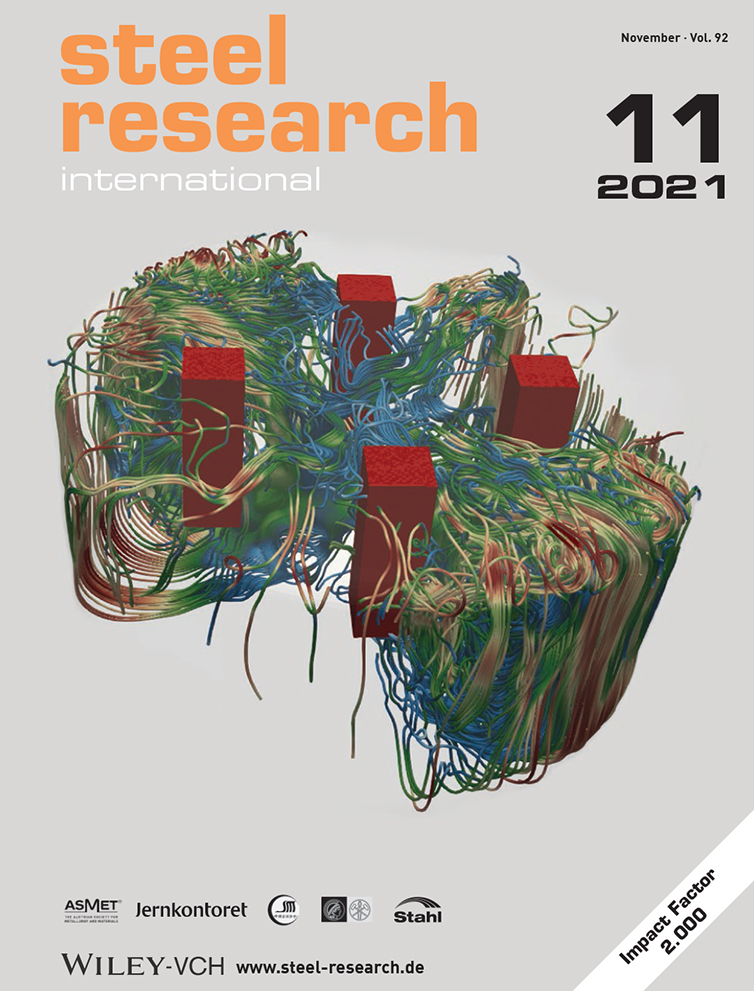Enhanced Strength and Toughness of Low-Carbon Bainitic Steel by Refining Prior Austenite Grains and Austempering Below Ms
Research data are not shared.
Abstract
Austempering is conducted below and above martensite start temperature (Ms) at the fine and coarse prior austenite grain size (PAGS), respectively, in a low-carbon bainitic steel, and the relationship between multiphase microstructure and mechanical properties is investigated. The study indicates that refinement of bainite laths can be obtained by decreasing the PAGS and/or austempering temperature from above to below Ms. The former reduces bainite content, and increases the volume fraction of retained austenite (RA), thereby obtaining higher uniform elongation and strain hardening exponent. However, the latter effectively decreases the size and amount of blocky RA, as well as bainite content and conversely increases the ratio of volume fraction of film RA to that of blocky RA, which leads to significant improvement in yield strength and impact toughness. In addition, the variant selection is relatively weak with the decrease in the PAGS and austempering temperature, which has a beneficial effect on toughness. Furthermore, an outstanding combination of mechanical properties (1070 MPa yield strength, 1466 MPa tensile strength, total elongation of 11.68%, and V-notch impact toughness at 20 and −40 °C of 78 and 44 J cm−2, respectively) is achieved by austempering below Ms in the finer PAGS.
Conflict of Interest
The authors declare no conflict of interest.
Open Research
Research data are not shared.




